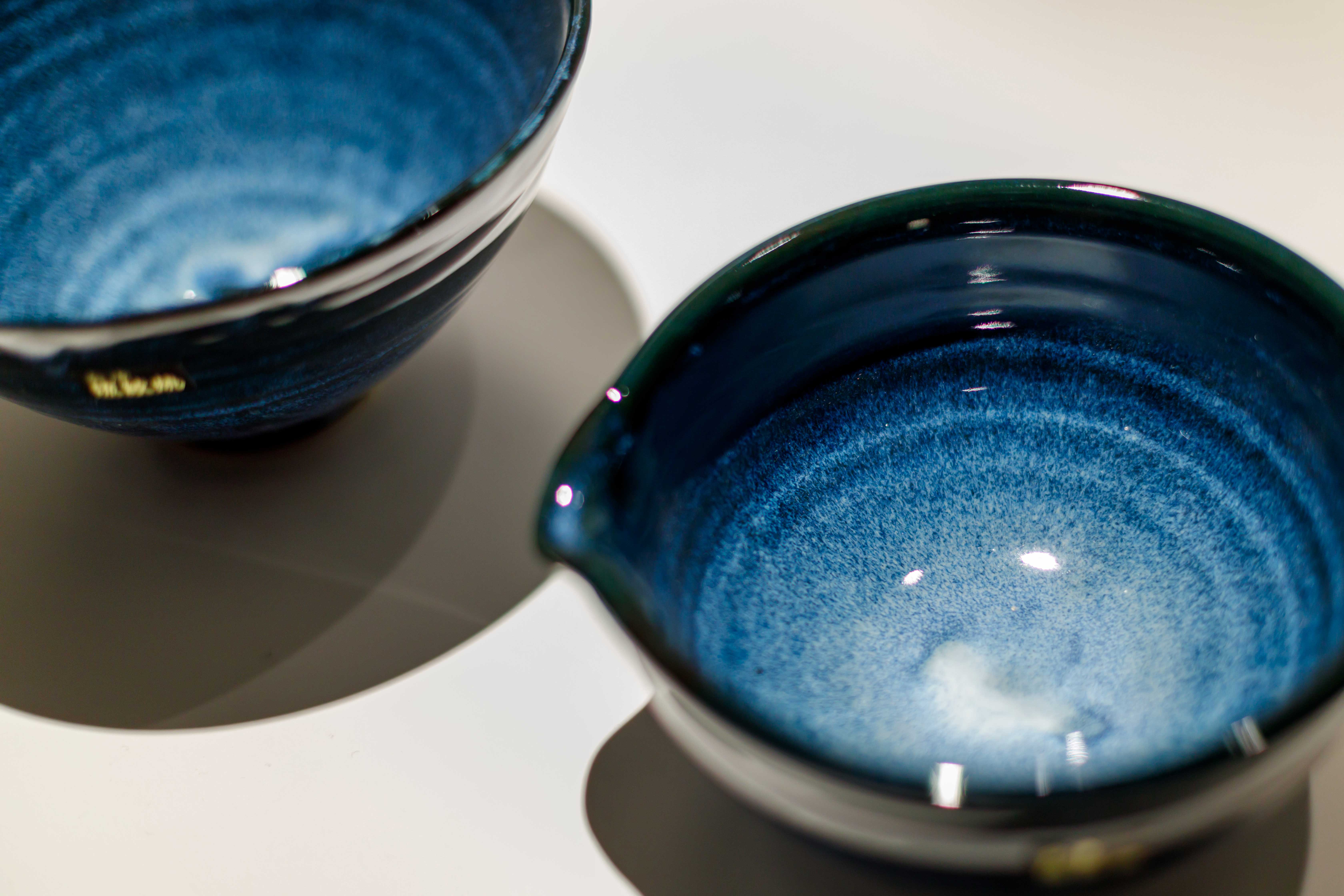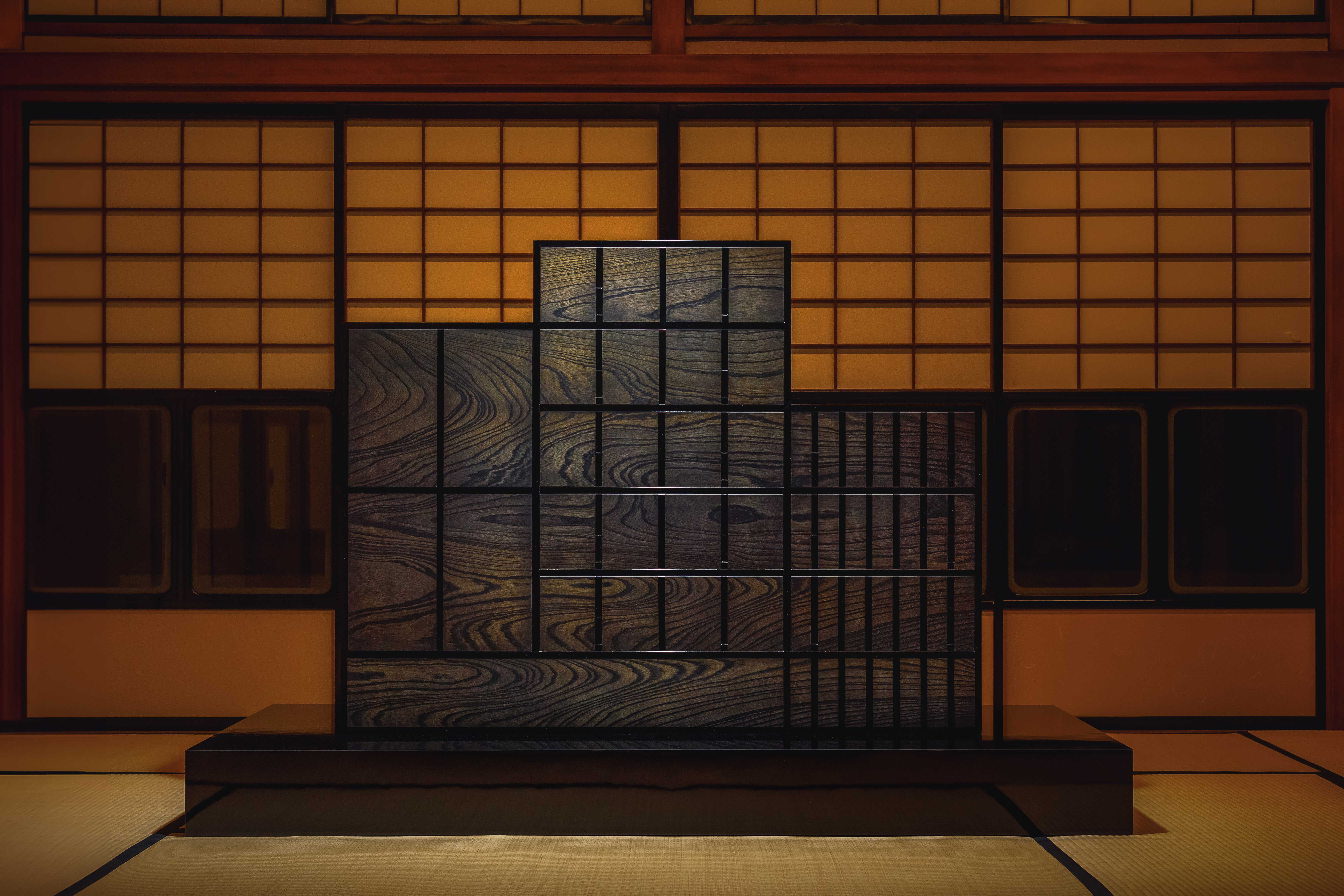
A pod-like sculpture emits otherworldly electronic sounds when human hands hover above its lacquered surfaces. A tearoom with ethereal red walls of safflower-dyed silk wraps around floating wood. And a vertical sweep of ceramics embedded into an aluminium plate is lit up by an LED.
These are among a string of inventive creations brought to life through Craft x Tech: the new initiative aims to fuse Japan’s traditional crafts heritage with progressive technology, with the goal of helping endangered artisan techniques survive and thrive in modern times.
Craft x Tech: Japanese heritage meets contemporary technology through design
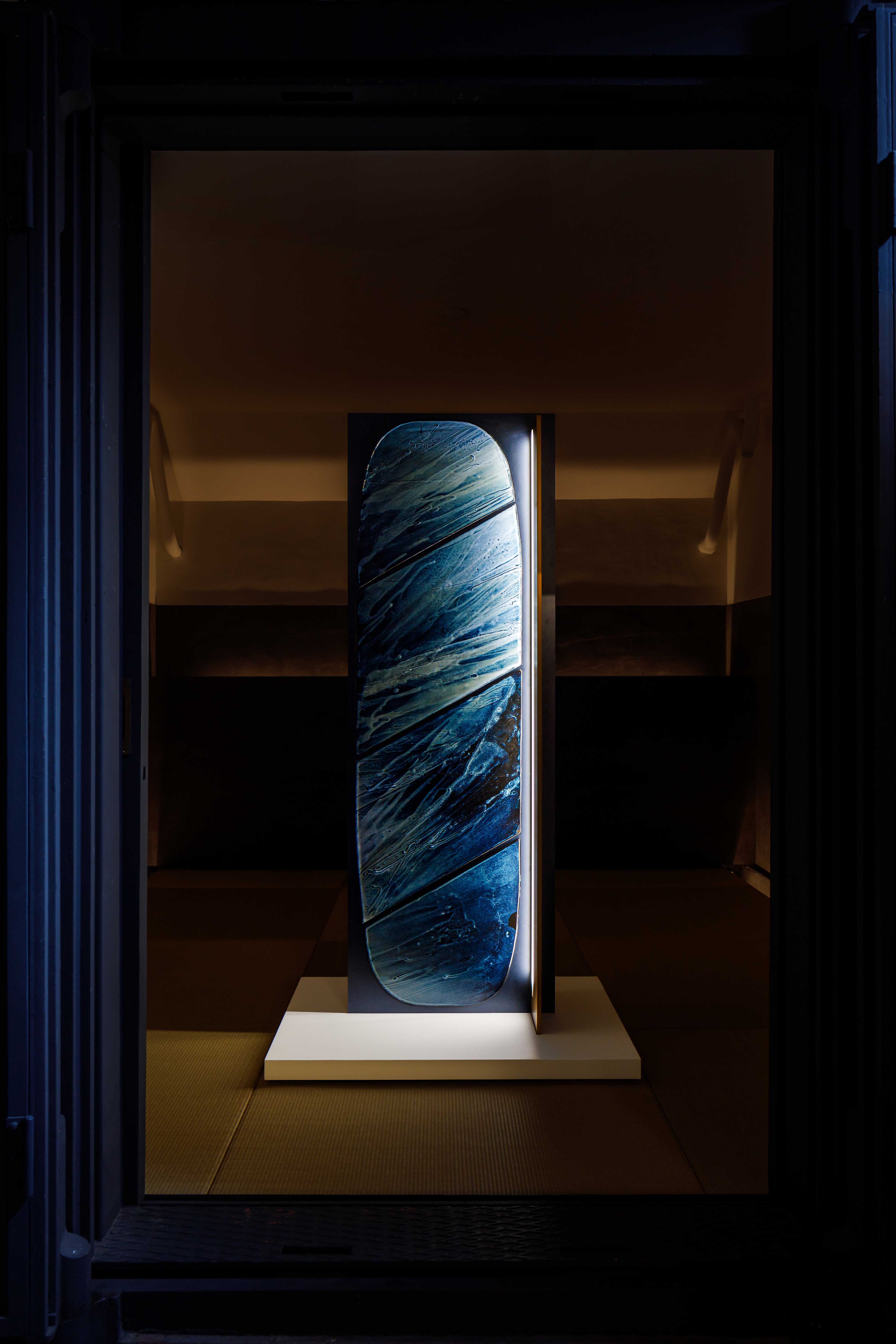
One key element involves matching six international creators – from Studio Swine to Sabine Marcelis – with six regional artisan traditions from Tohoku, a northeastern region badly hit in the 2011 earthquake and tsunami, under the curation of Maria Cristina Didero.
The end result are six limited edition artworks, crafted in traditional materials (textiles, ceramics, woodwork, lacquerware), layered with contemporary touches, reflected in minimalist lines, AI technology and music speakers, which will be showcased at Design Miami Basel after launching with an exhibition at Kudan House, an atmospheric century-old former residence in Tokyo.
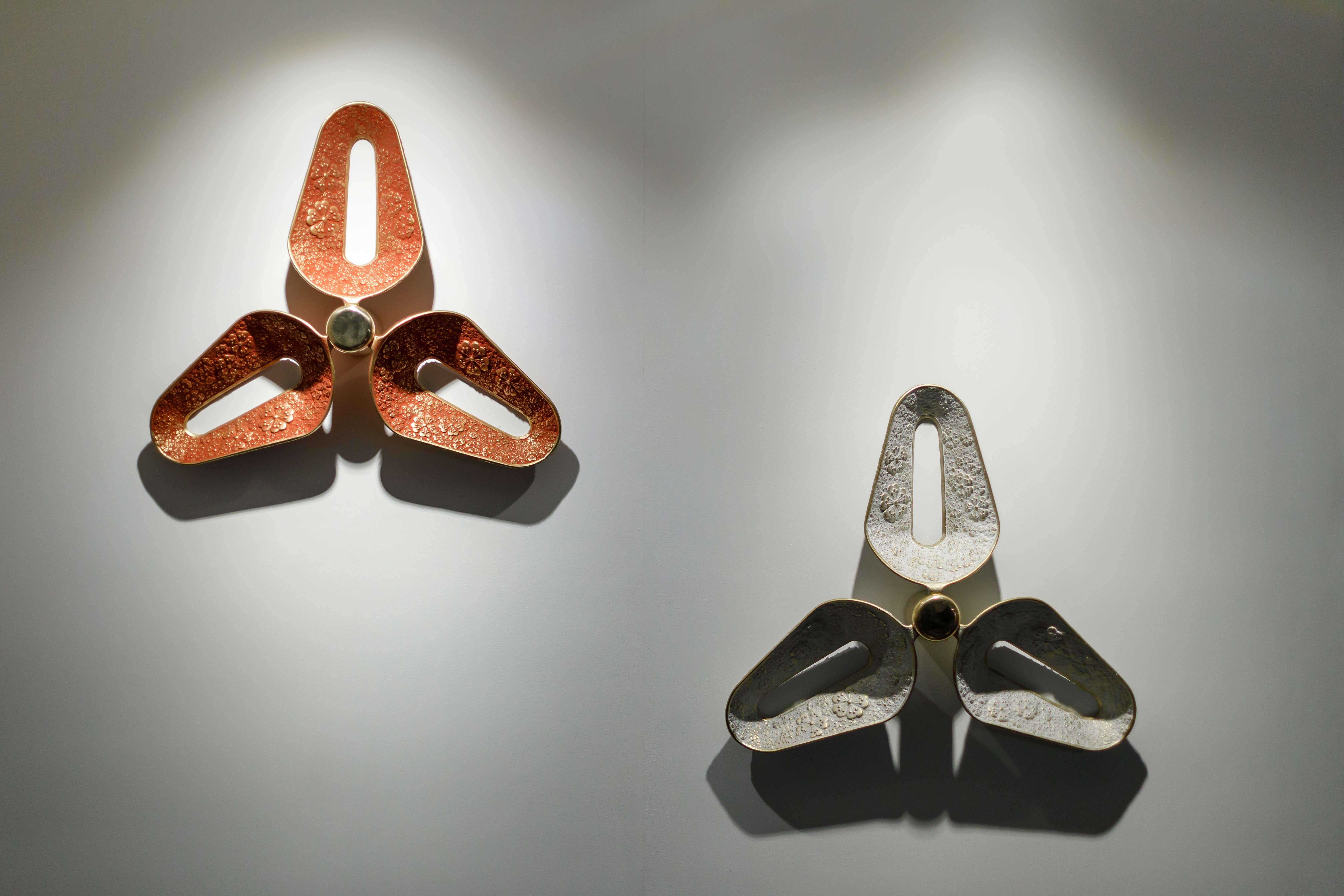
The project was brought to life by Hideki Yoshimoto, founder of design studio Tangent, based in London and Tokyo, and a project associate professor at the University of Tokyo, with the goal of bringing Japan’s traditional crafts to a new, contemporary audience.
'To do this, firstly, we are exploring the marriage of historical heritage and contemporary technology,' he tells Wallpaper*. 'All participating creators are told to think of this point during their creation and they are given complete freedom.
'In the Tohoku edition, there was a mathematically unique solution of structure, use of contemporary machine-aided making processes, electronic musical instruments set in traditional materials, and so on. This wide variation of interpretation of tech in craft lies at the heart of Craft x Tech.'
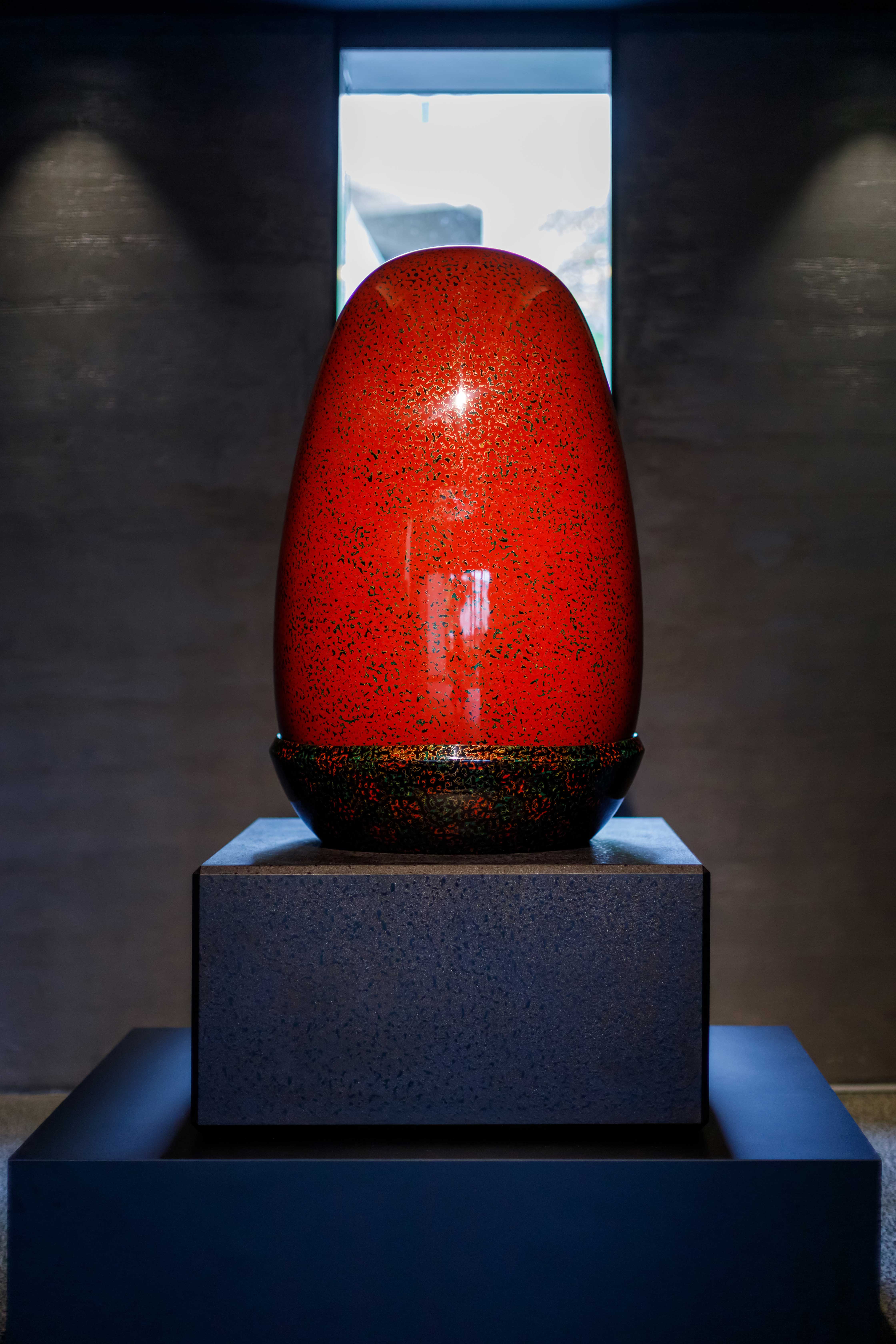
He adds: 'There have been a lot of attempts to create collaborations between Japanese artisans and international designers for everyday products, but not many targeting the art market. The crafts we work with have a history dating back centuries or over 1,000 years, and I wanted to celebrate their beauty and power in the highest quality work – not just as cups and bowls sold in a shop.'
For Studio Swine, the starting point was the centuries-old tradition of Sendai tansu – a type of chest of drawers crafted with lacquer coated woods and ornamental iron fittings, long crafted by artisans in Miyagi city, Sendai Prefecture.
Working closely with craftsmen, the studio dreamt up a geometrical cubic structure that balanced the rich beauty of the craftsmanship with clean metal gridlines that evoke a minimal, contemporary aesthetic.
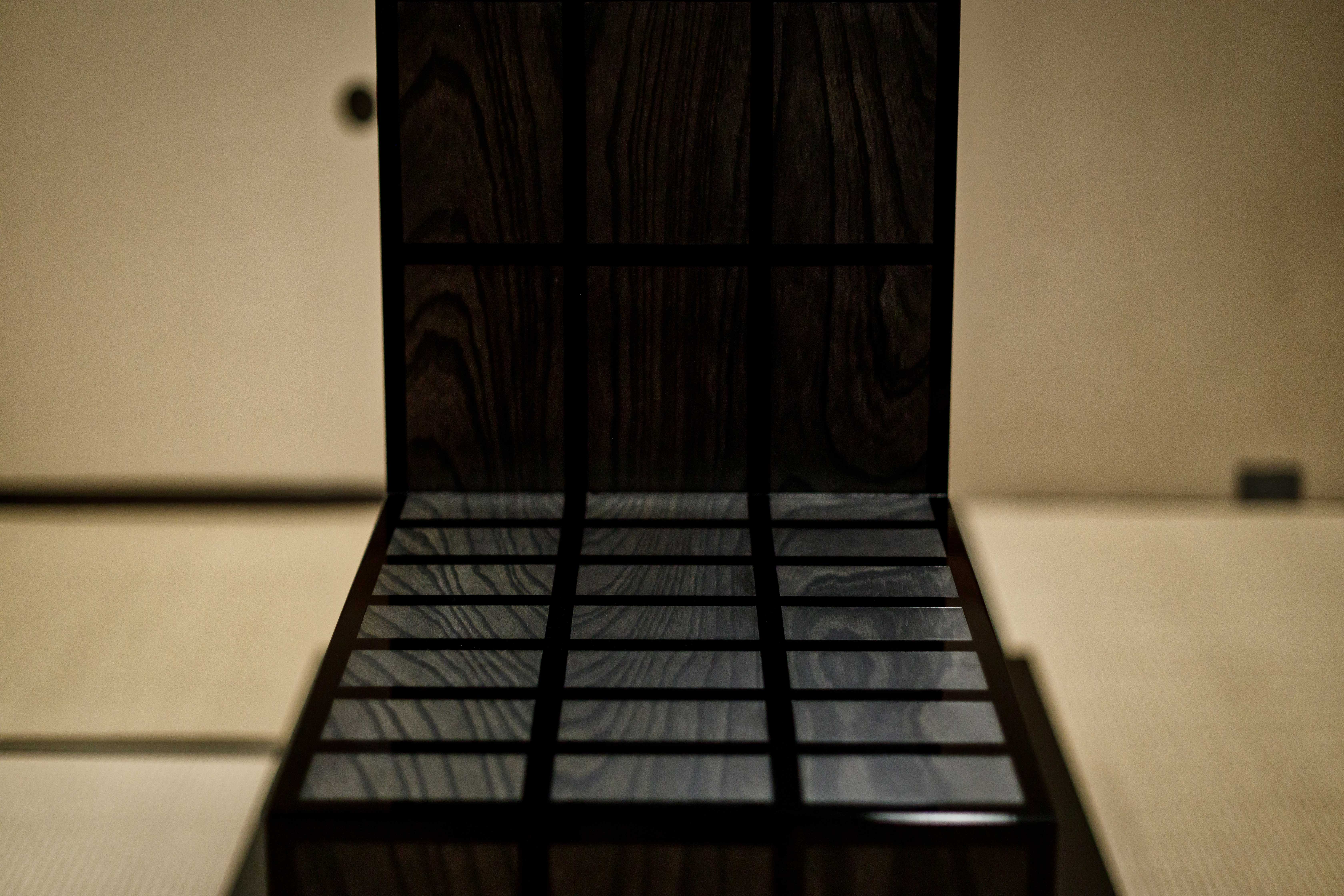
'For me, the Sendai Tansu is a time travel device,' says Azusa Murakami, co-founder of Studio Swine with Alexander Groves. 'I love the feeling of being connected to the past either with antiques or with new objects that are in conversation with history.
'Our aim was to authentically capture a historical moment when these pieces may have been considered modern. This endeavour involved crafting something that exudes freshness while employing age-old techniques and traditions that traverse the hands of artisans across centuries.'
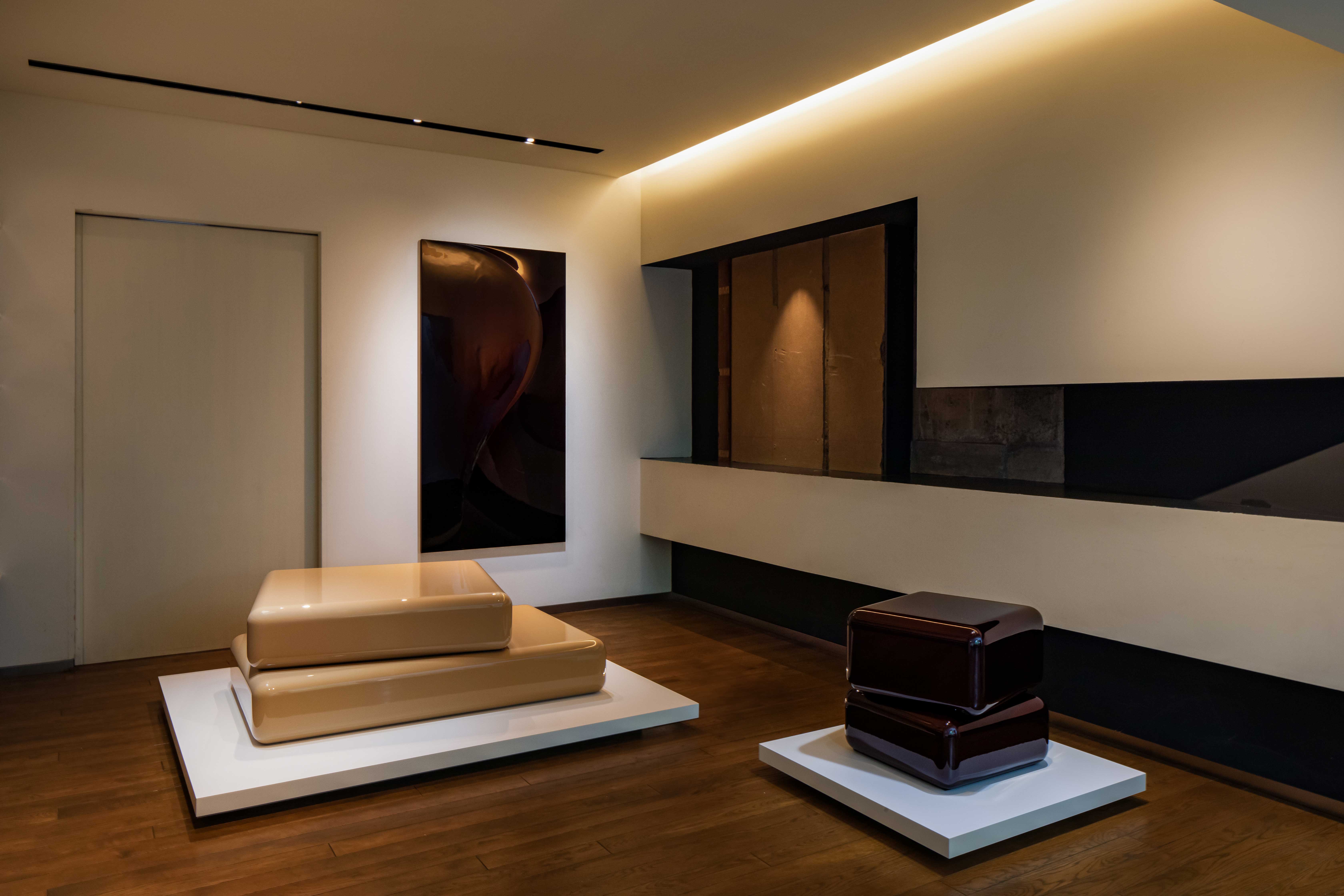
Sabine Marcelis was matched with makers specialising in Kawatsura shikki, a meticulously durable traditional lacquerware technique which came to life around 800 years ago in Yuzawa city in Akita Prefecture.
The end result includes a contemporary wall hanging and two sets of coffee tables – all minimalist and contemporary, with smooth reflective surfaces in rich shades that bring to mind chocolate and coffee. Unusually for Japanese lacquerware, the pieces are defined by softly curved edges – an effect realised by a challenging production process that involved artisans making a special jig.
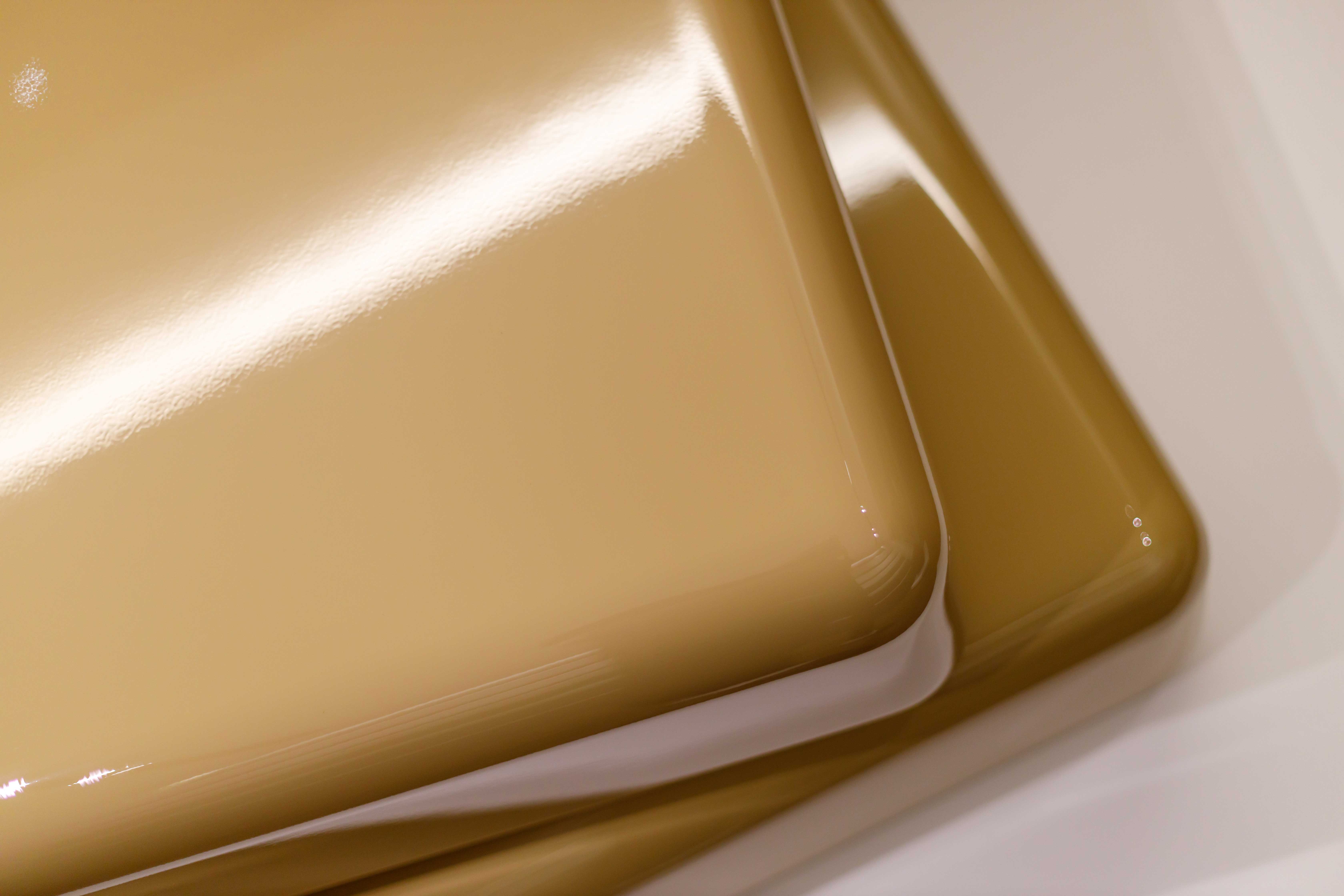
'The materiality of the finished lacquered surfaces is so luscious and glossy and deeply opaque,' says Marcelis. 'It's very different actually to the materials I’m most experienced and used to working with; glass and cast resins. Understanding that transparency is not something I could work with, I started to analyse what lighting effects I could achieve with the material properties available. I quickly came to the understanding that bouncing light off the surface was a very beautiful interaction. Curves and soft-cornered surfaces really aided in this effect.'
For Yoichi Ochiai, the overplay of AI on traditional craftsmanship formed the foundation of his creation – a portable tearoom, created with with artisans specialising in Oitama tsumugi, a traditional woven fabric made in southern Yamagata Prefecture since the 8th century.
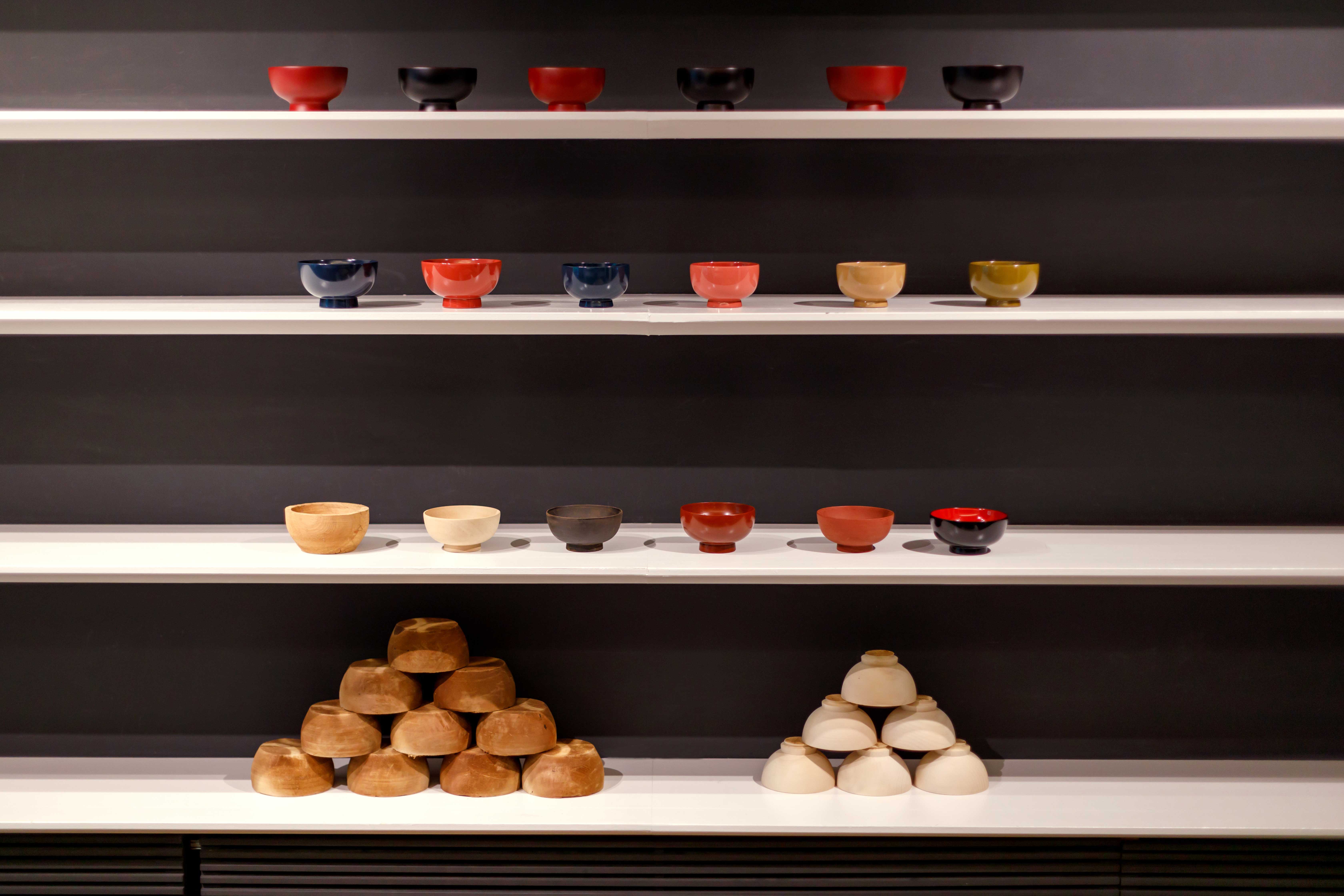
Hovering above the ground on a sculptural black base is a minimal cube, with walls of red silk – reflecting the centuries-old natural dyeing technique benihana-zome using safflowers; while inside, sculptural wood pieces transect the interior space.
'It’s a new artistic expression that incorporates elements of digital nature into the traditional space of a tea room, understanding and constructing the ontology of Yonezawa as the roots of digital nature,' says Ochiai. 'Employing AI in design theory and dynamically altering visuals and music in real-time allows physical spaces to develop into transportable artworks and blend into digital nature.'
Other highlights include a monolithic surfboard-shaped light sculpture by project founder Yoshimoto, made with Fukushima artisans specialising in Aizu-hongo yaki, a type of pottery renowned for its distinct patterns caused by melted glaze in the kiln.
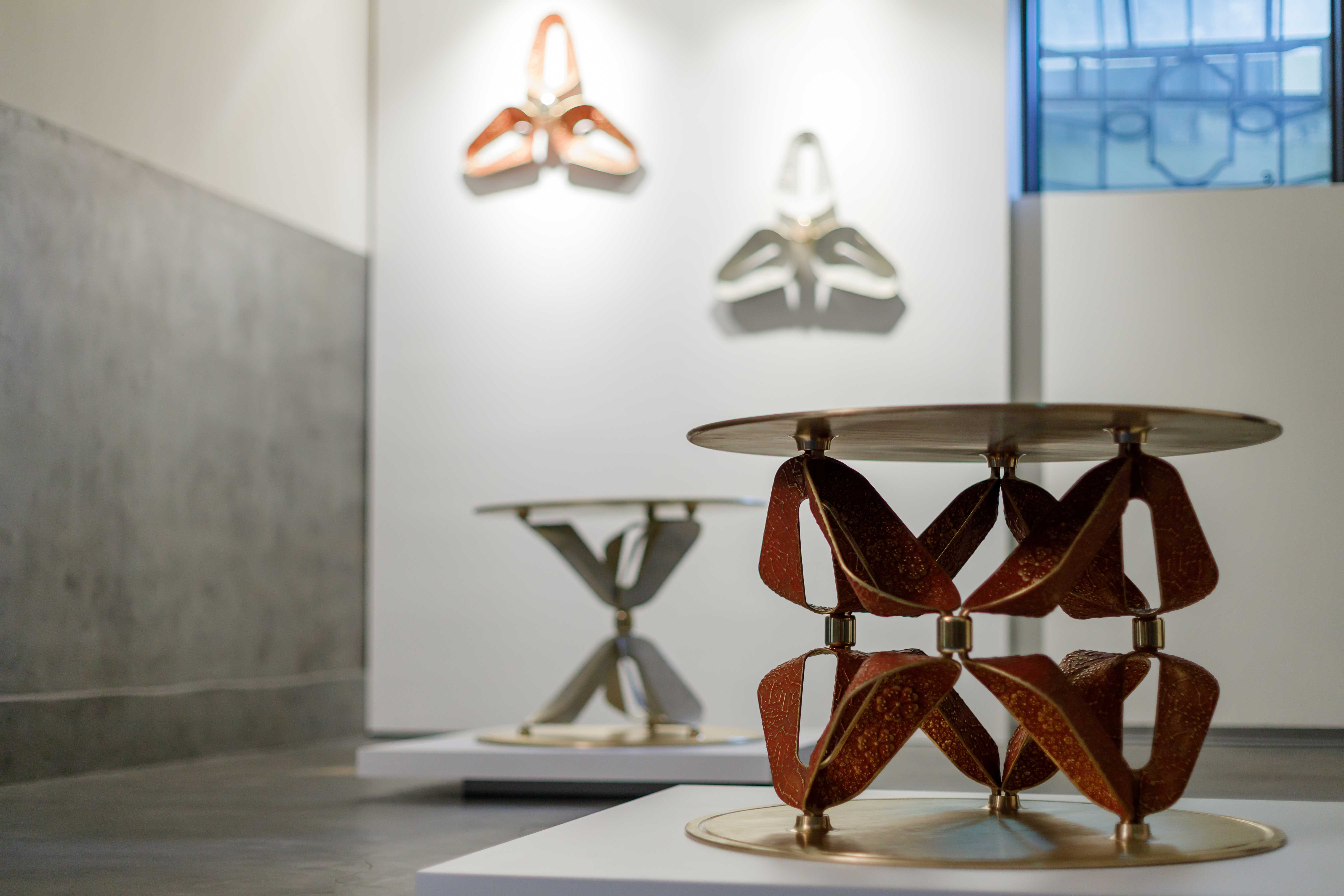
Michael Young delved into the world of Nambu tekki, a type of iron castings long crafted in Iwate Prefecture and traditionally used for small items such as teapots – reimagining the material craftsmanship into sculptural furniture, including a triangular wall mounting and two coffee tables.
Highlighting the 'ethereal mysticism' of centuries of Japanese craftsmanship and a desire for his designs to 'express the importance of heritage,' Young explains. 'It is easy to take a cast-iron teapot for granted when it is seen without context in a store. It just has function and price to most. To place this out of context, what we are doing should, I hope, draw attention to the more important aspects of the technique.
'It should educate people of the beauty that exists not only within the creation of the material, but equally the ability to make a functional object out of it - this cannot be priced.'
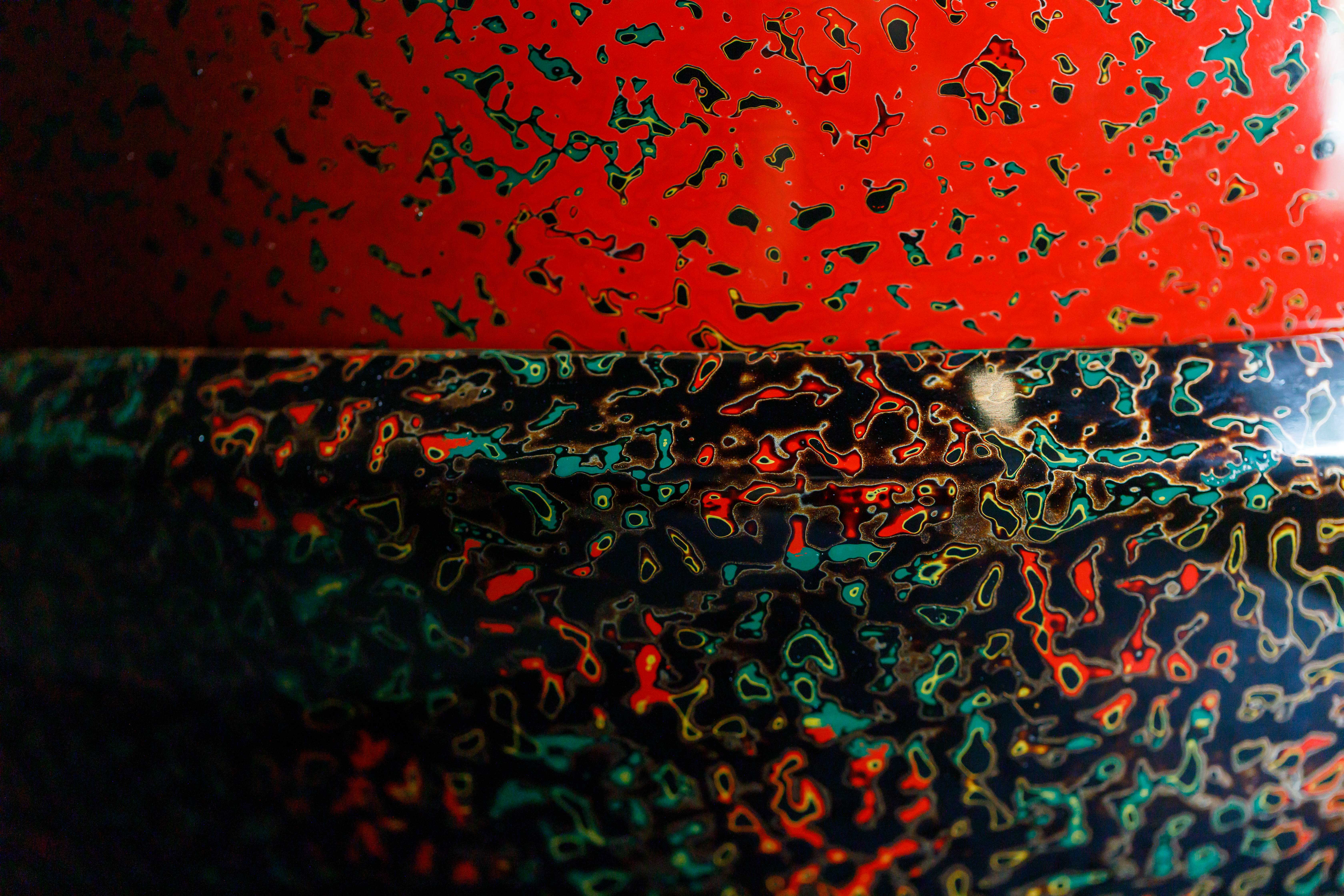
For Ini Archibong, an exploration of Tsugaru nuri, a decorative lacquerware from Aomori Prefecture, led to the creation of an electronic musical instrument in the form of a large organic pod-shaped sculpture, sitting on a box containing speakers – which interacts with human hands hovering above its surface, to create a deep, unearthly soundscape.
The process was not without its challenges – in particular, for the artisans, some of whom had never before met a non-Japanese person, according to Yoshimoto. 'It was, however, very clear they agreed that new ideas and challenges would be essential to keep their tradition alive and hand it to the next generations,' he says
These new artworks form just one layer of multi-faceted Craft x Tech: other elements include tech research projects and manufacturing initiatives. 'I want to think about how this collaborative project can really bring sustainable business to the local craftspeople,' explains Yoshimoto.
And this is just the beginning. 'We will continue the journey of collaborations through other areas of Japan,' he adds. 'This will be my life’s work. It may take 20 or 30 years, but I want to cover the whole of Japan.'
Craft x Tech will be on show as part of Design Miami/Basel, 11-16 June 2024
